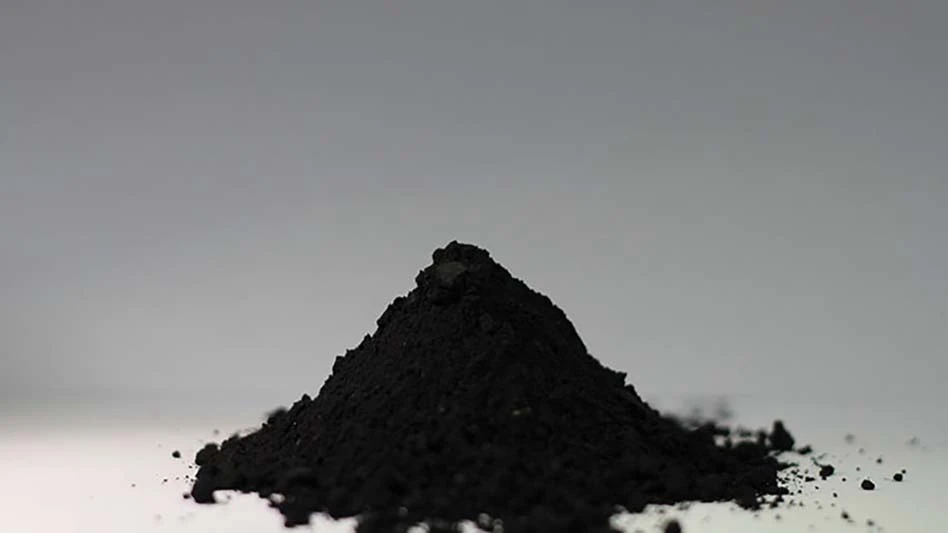
© Oleg Fedorenko - Dreamstime.com
A Charleston, South Carolina-based newspaper is reporting that GFG Alliance/Liberty House Group has not yet started work to install new electric arc furnace (EAF) equipment at the former Georgetown Steel mill in South Carolina. Plans to install the new scrap-melting furnace were announced in October 2019.
A Feb. 20 online article by the Charleston-based Post and Courier describes the London-based GFG Alliance and its Liberty Steel USA operating unit as “mull[ing] over the future of the plant’s melt shop as it tries to balance financial realities with the goal of bringing the site back to full production.
The article also refers to legal actions affecting the future of the melt shop, which was idled in September 2019. In December 2019, Cleveland-based Stein Inc. filed a suit claiming Liberty fell behind in payments on a contract in which Stein was assigned to manage ferrous scrap and process slag at the Georgetown plant.
In mid-February, Liberty says filed a breach of contract suit against Stein, claiming the firm overcharged for work, according to the Post and Courier.
The newspaper says melt shop workers have been redeployed to help dismantle an idle direct reduced iron (DRI) plant at the Georgetown complex, while Liberty says it is unclear on its own timetable to begin installation of the EAF equipment. The rolling and wire drawing mill portion of the Georgetown complex continues to operate.
GFG Alliance describes its Liberty Steel operating unit as having 18 million metric tons of annual steelmaking capacity. Most of that capacity consists of integrated basic oxygen furnace (BOF) mills and complexes, with the Georgetown, South Carolina, mill being one of its few EAF assets.
Get curated news on YOUR industry.
Enter your email to receive our newsletters.
Latest from Recycling Today
- Reworld partners with Mystic Aquarium
- BIR calls for fair standards, circular solutions in defining ‘green steel’
- LME reports active Q2
- Liberty Steel assets facing financing deadlines
- Sims is part of Australian recycling loop
- Tariffs target steel exporters Brazil, Canada and South Korea
- Buy Scrap Software to showcase its software at Scrap Expo in September
- LG details recycling activities





